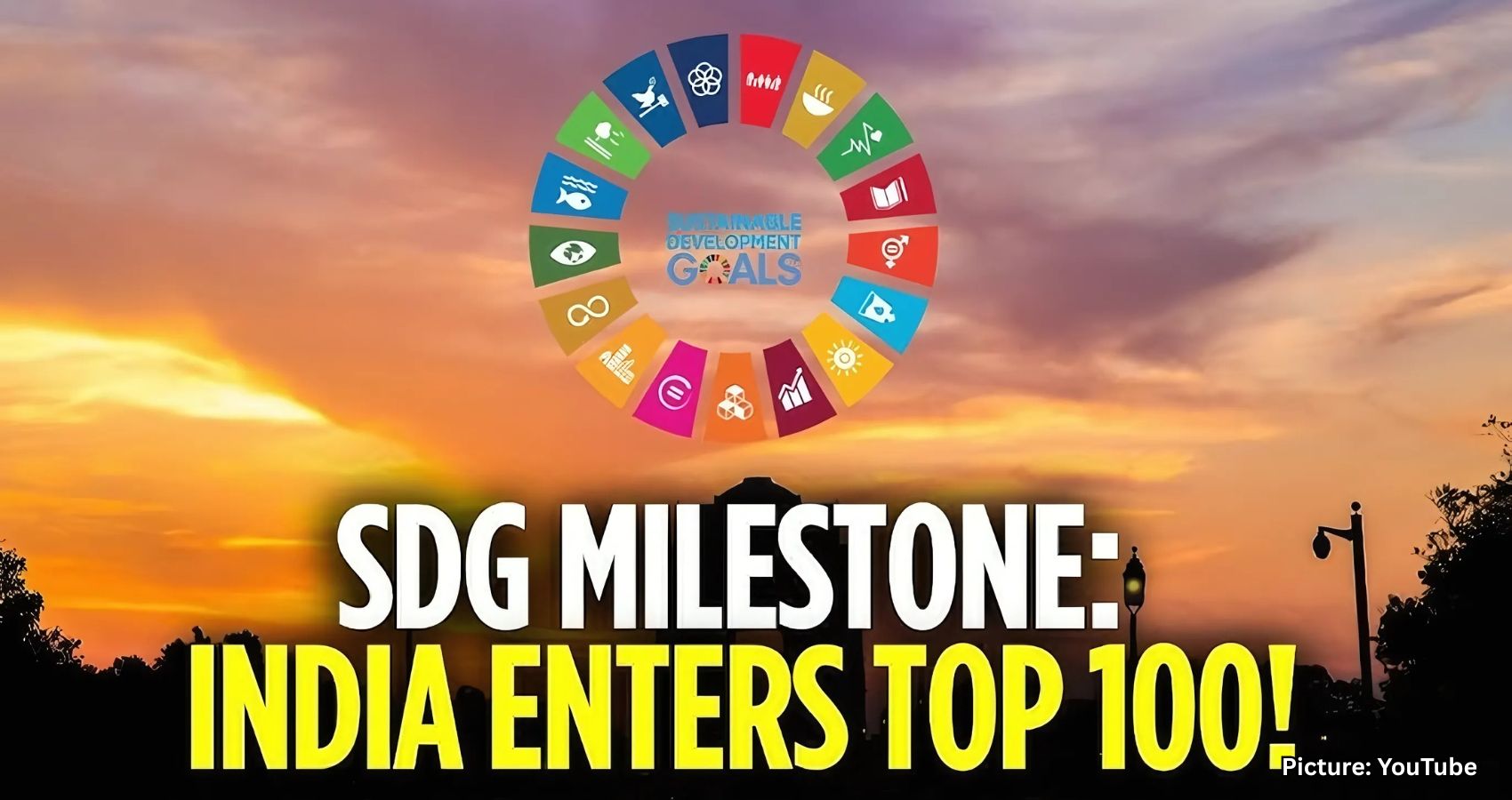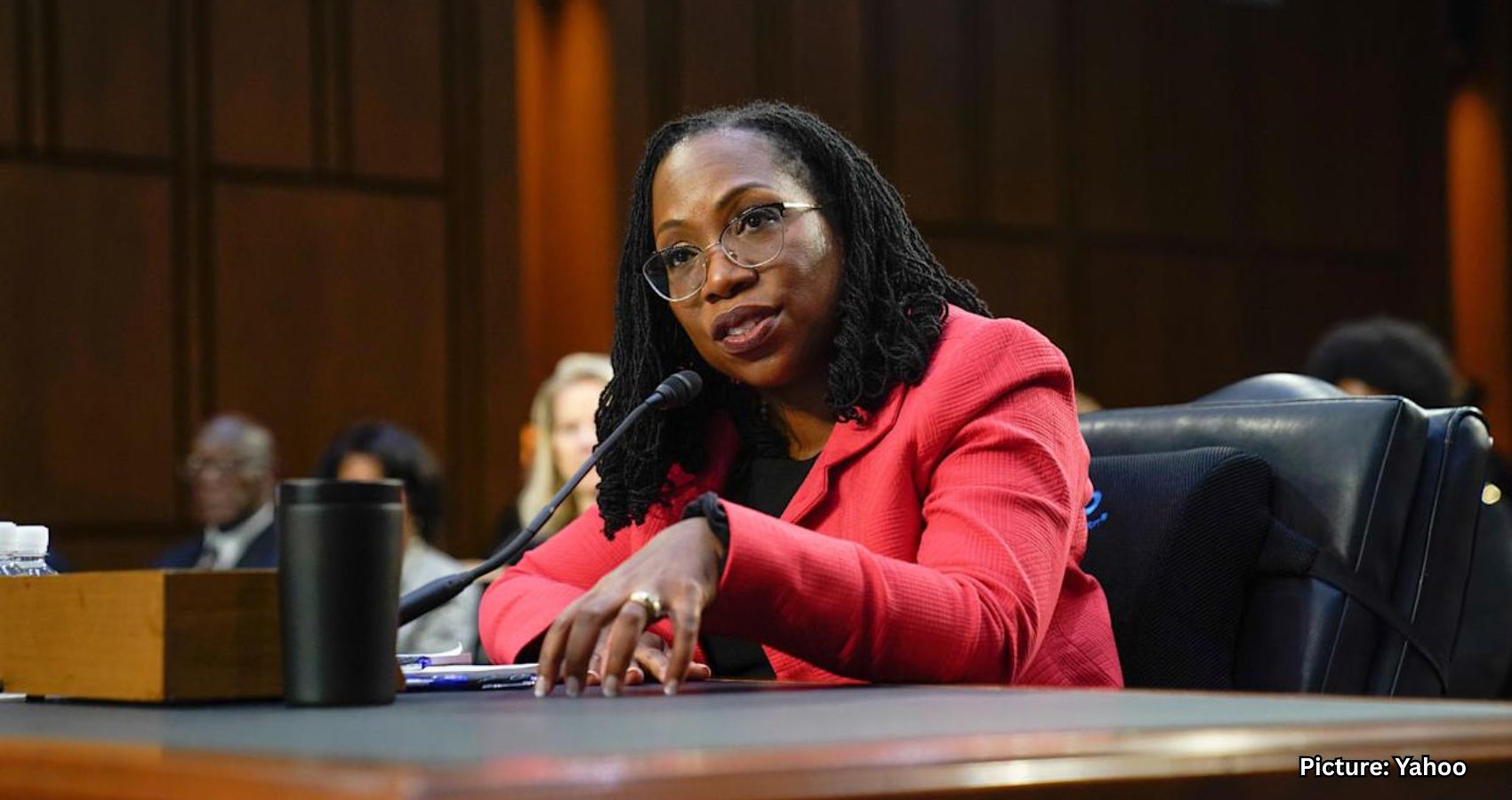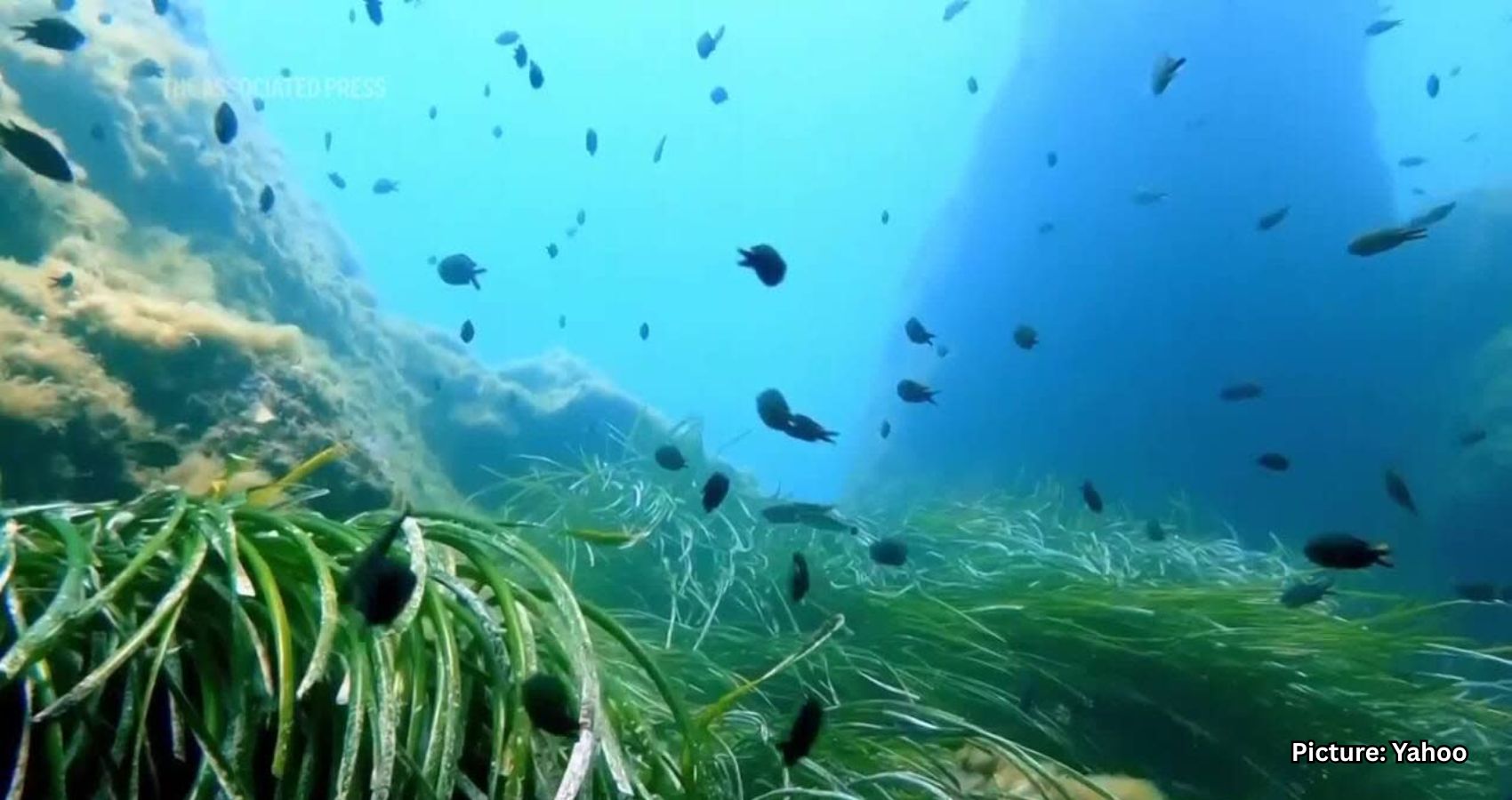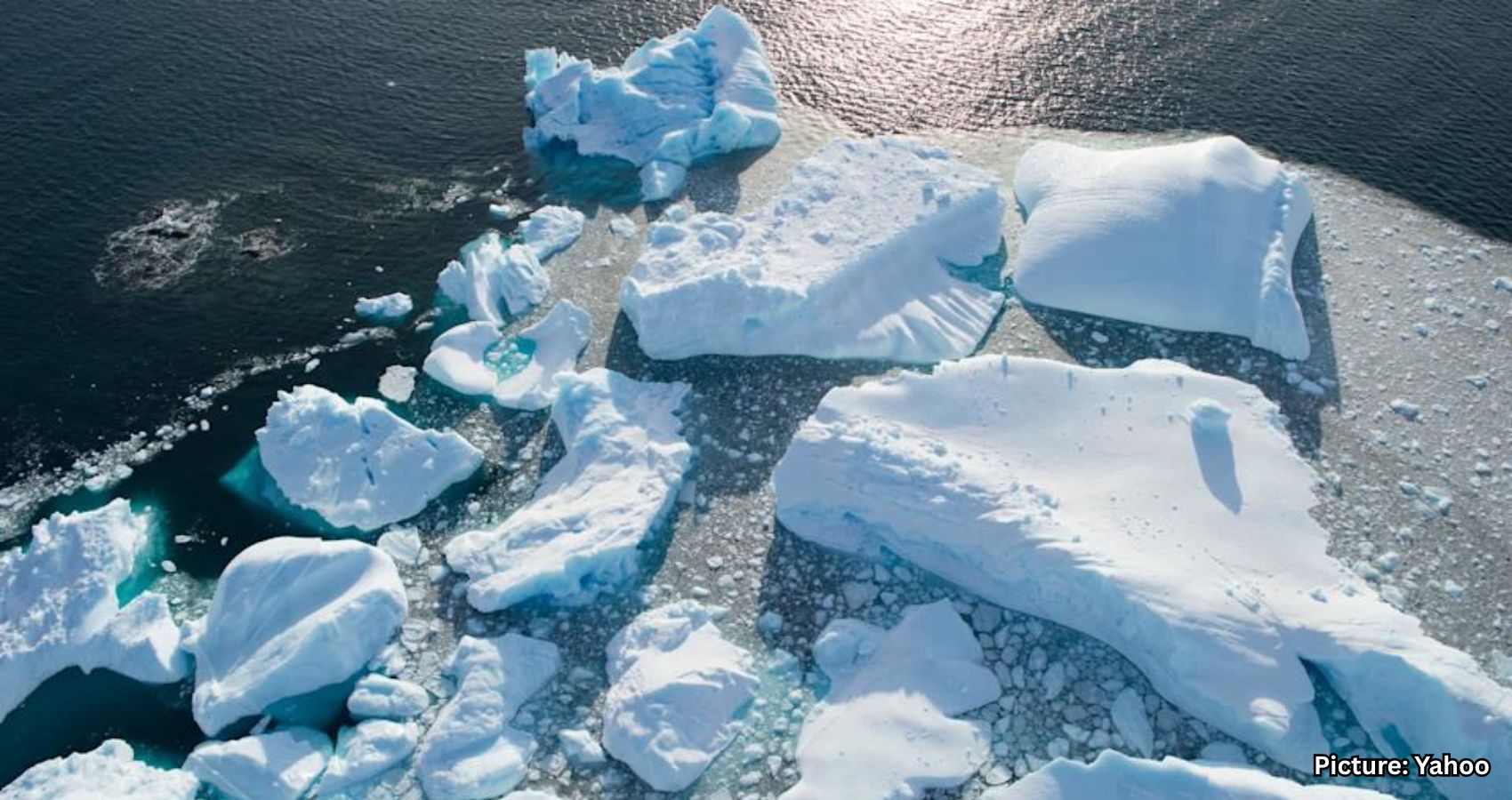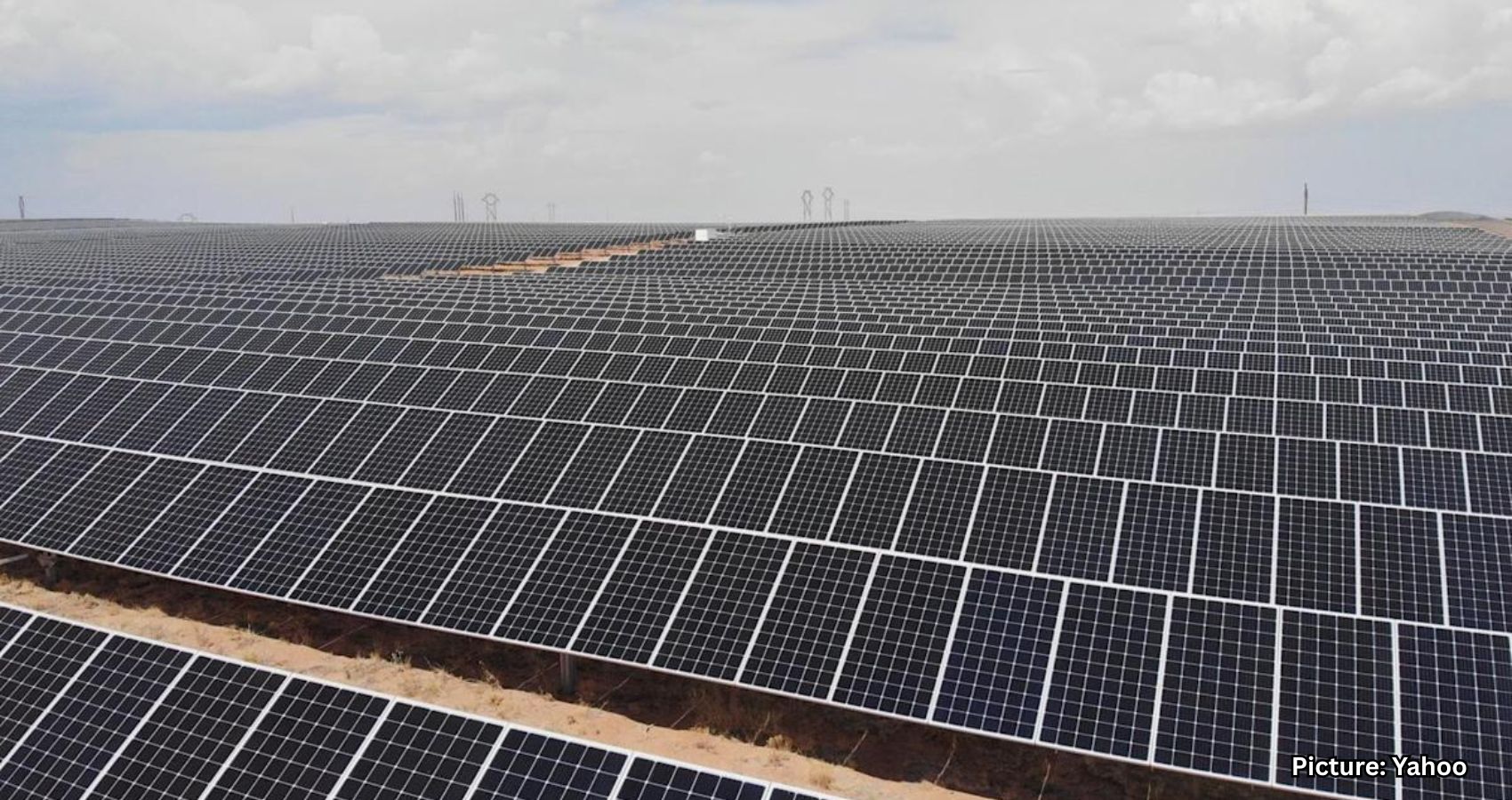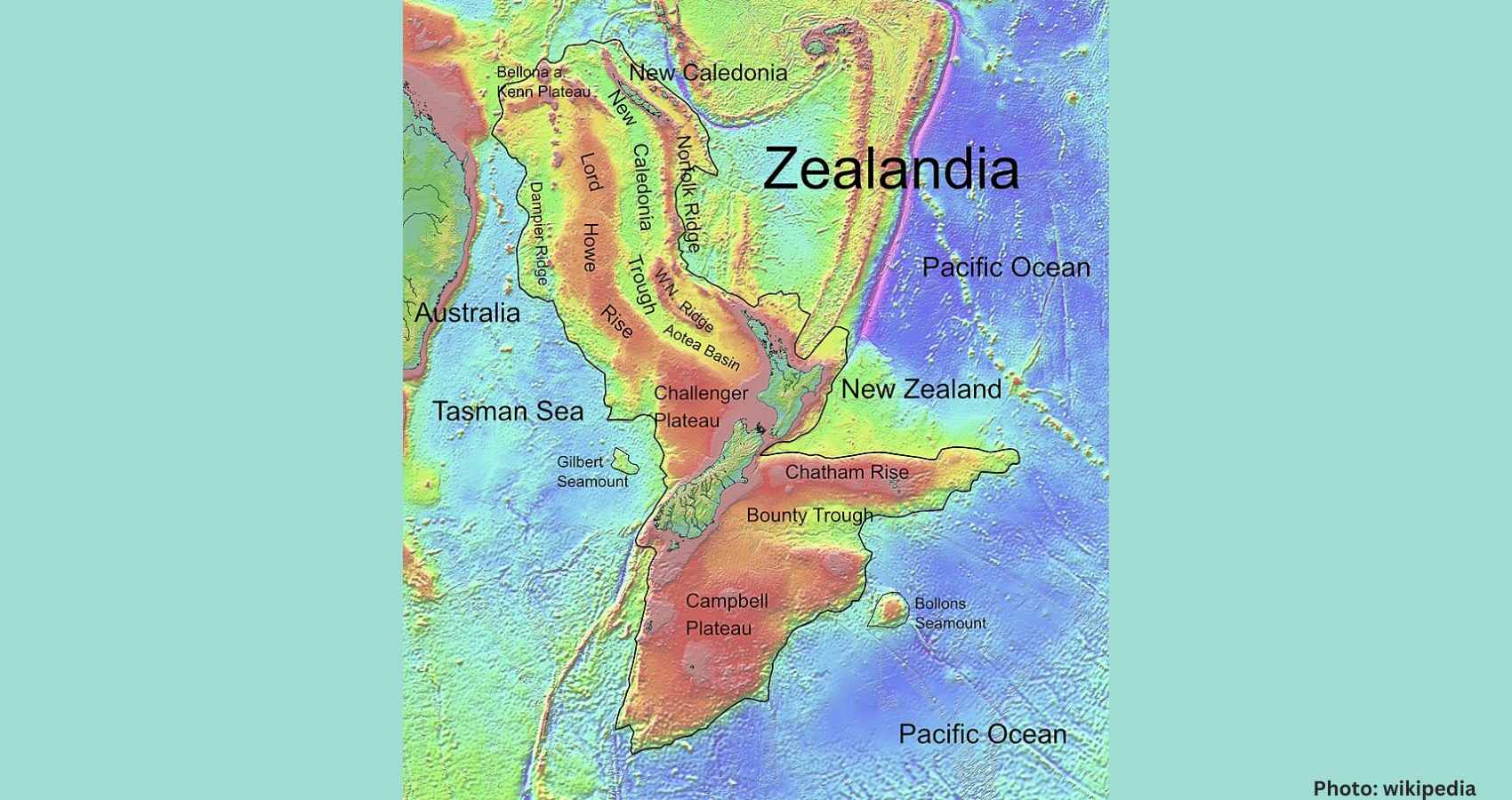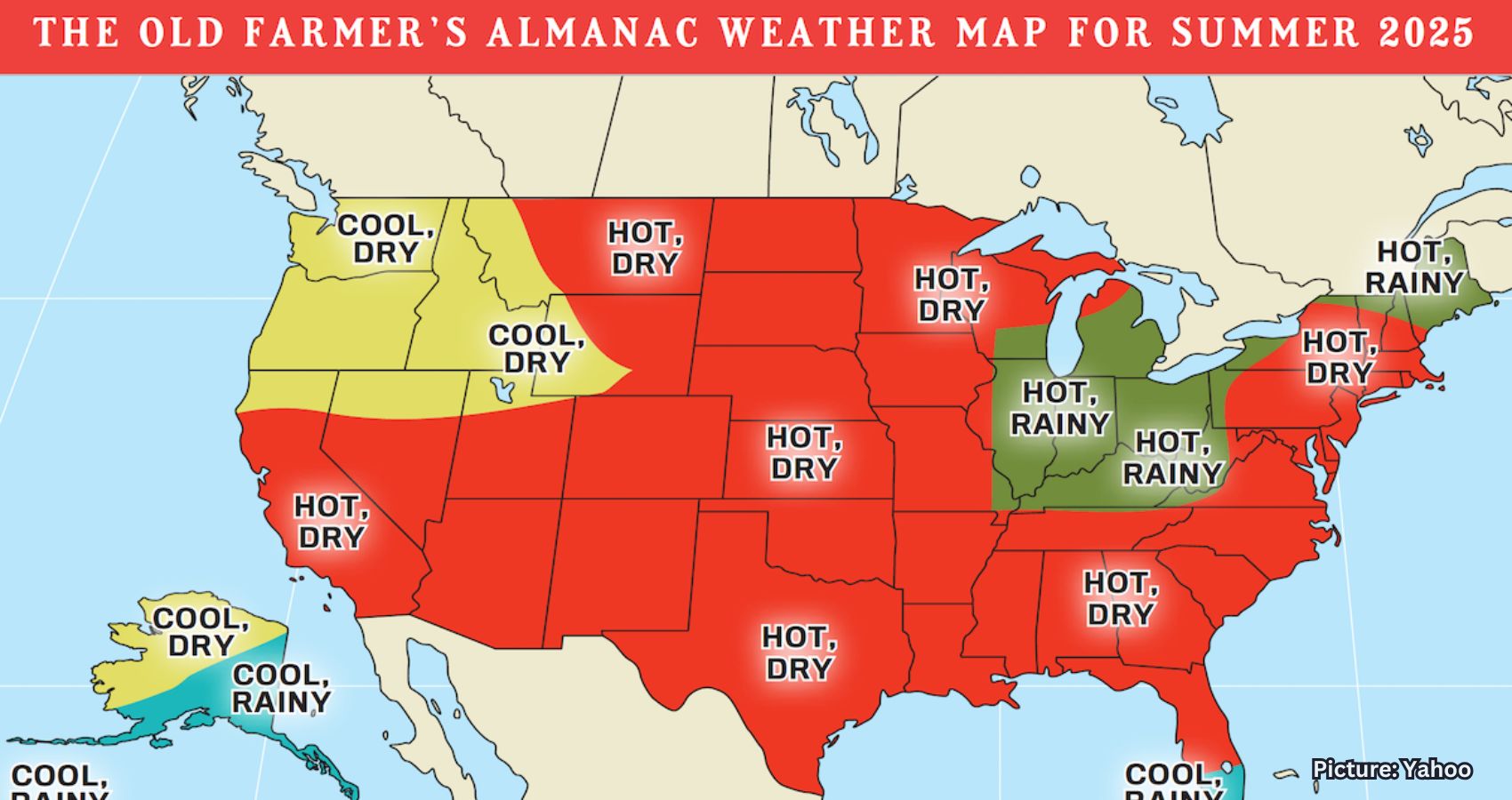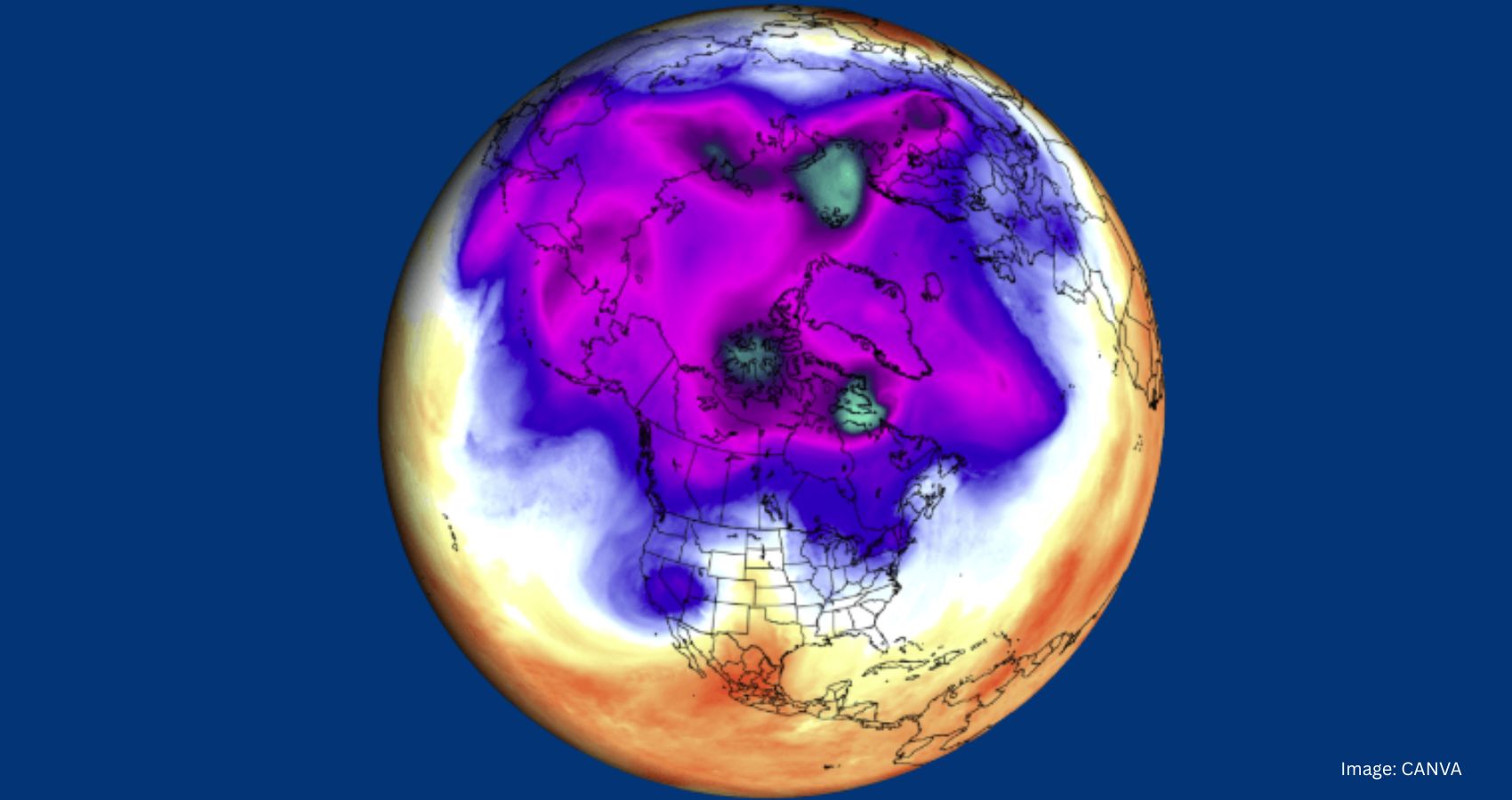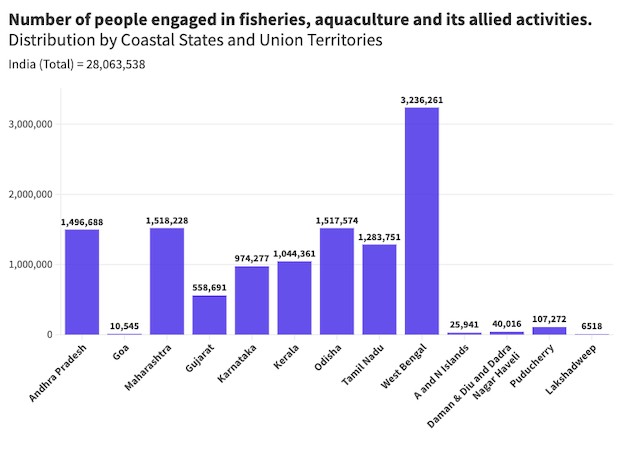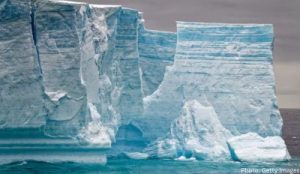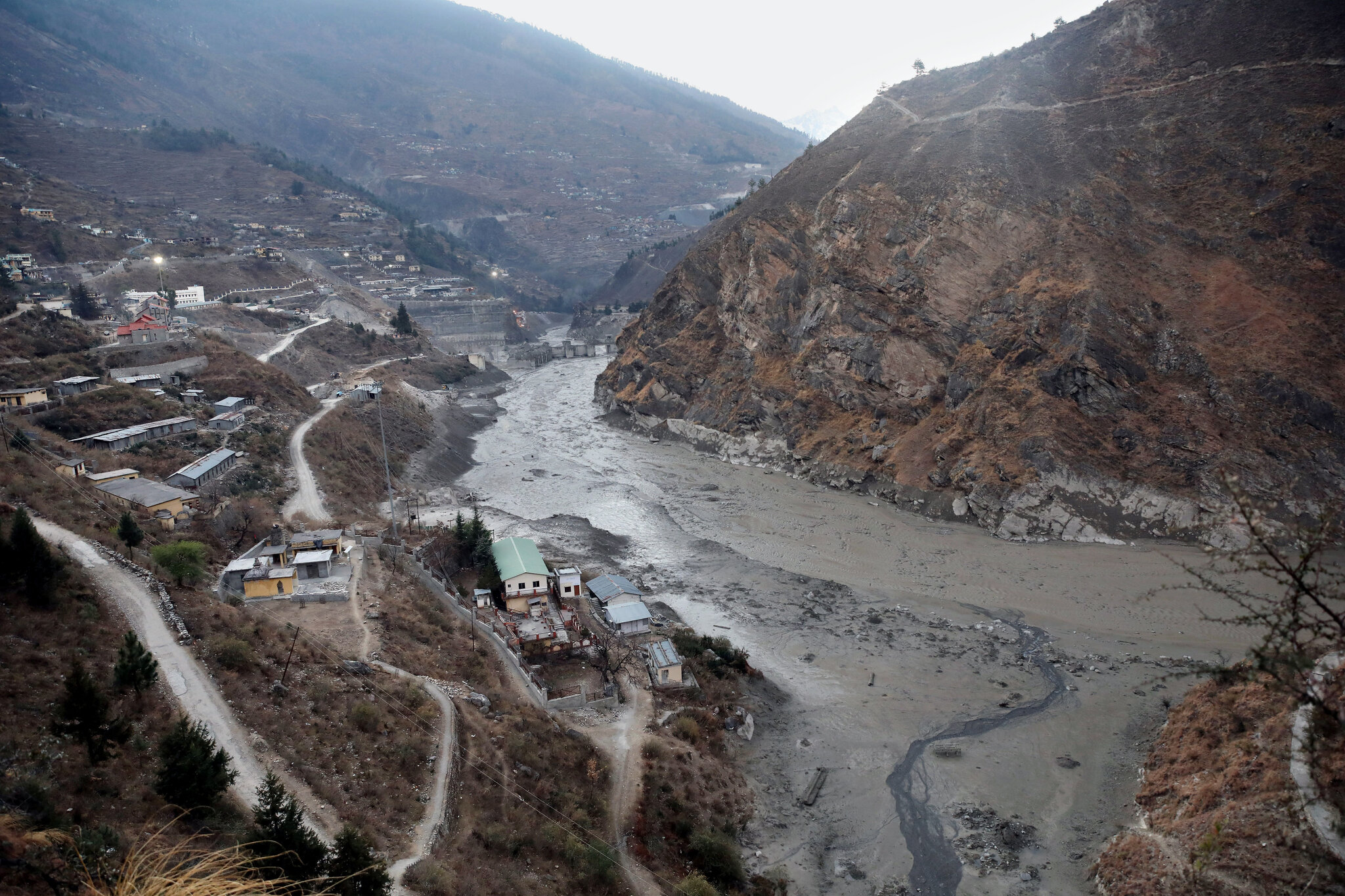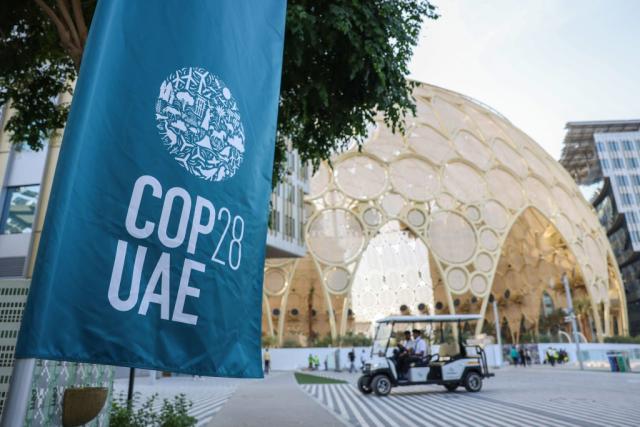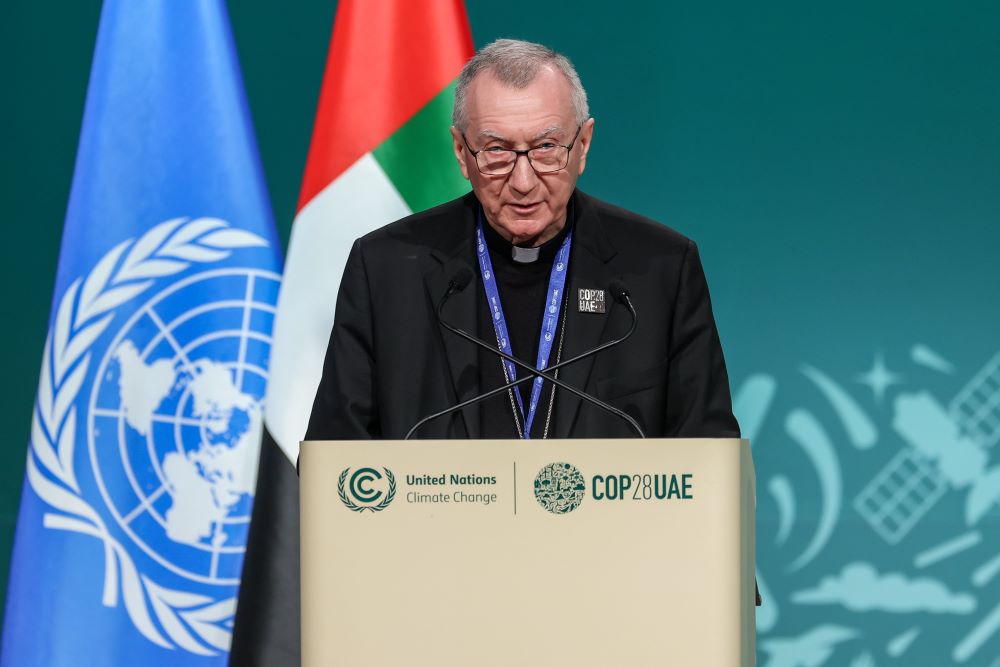India has, for the first time, secured a spot in the top 100 countries on the Sustainable Development Goals (SDG) Index, as outlined in the latest Sustainable Development Report (SDR) released by the UN Sustainable Development Solutions Network on Tuesday. The 10th edition of the report places India at 99th among 193 countries, marking a notable improvement in the country’s global standing on sustainable development performance.
According to the report, India achieved a score of 67 on the 2025 SDG Index. In comparison, China holds the 49th position with a score of 74.4, while the United States is ranked 44th with 75.2 points. This progress by India indicates a significant step forward in aligning with the goals established by the United Nations in 2015 for sustainable global development by 2030.
Among India’s neighboring countries, Bhutan has performed the best, securing the 74th position with a score of 70.5. Nepal ranks 85th with a score of 68.6, while Bangladesh stands at 114th place with 63.9 points. Pakistan trails much further behind, ranking 140th with a score of just 57. Among India’s maritime neighbors, the Maldives ranks 53rd and Sri Lanka comes in at 93rd.
Despite this regional progress, the report emphasizes that overall SDG advancement has stalled globally. The report states that “only 17 per cent of the 17 targets adopted by the UN member countries in 2015 are projected to be achieved by 2030.” The report attributes this global shortfall to factors such as ongoing conflicts, structural vulnerabilities, and restricted fiscal space that hinder development efforts in many parts of the world.
Lead author Jeffrey Sachs, a world-renowned economist, underscores the challenges to achieving SDG targets globally. The report explains, “Conflicts, structural vulnerabilities and limited fiscal space impede SDG progress in many parts of the world.”
European nations continue to dominate the top ranks of the SDG Index, with Finland retaining its position as the top performer. Sweden and Denmark follow in second and third places, respectively. In fact, 19 of the top 20 countries in the ranking are located in Europe, reflecting the continent’s continued commitment to sustainable development practices.
Nonetheless, even the best-performing European countries are not without challenges. The report highlights that these nations face “significant challenges in achieving at least two goals, including those related to climate and biodiversity, largely due to unsustainable consumption.” The authors note that while many targets have been met, environmental sustainability remains a common concern across high-ranking nations.
In terms of regional performance, East and South Asia have outshone all other parts of the world in SDG progress since the 2015 baseline. The report attributes this success largely to rapid socioeconomic development. Within this region, several countries have made notable strides in improving their scores on the SDG Index.
Nepal, for instance, has seen a score increase of 11.1 points since 2015. Cambodia follows with a 10-point improvement, the Philippines with an 8.6-point increase, Bangladesh with 8.3, and Mongolia with 7.7. Beyond Asia, other nations such as Benin (+14.5), Uzbekistan (+12.1), the United Arab Emirates (+9.9), Peru (+8.7), Saudi Arabia (+8.1), and Costa Rica (+7) have also shown impressive progress over the same period.
Although the majority of the 2030 targets are not on track to be achieved, many countries have made substantial advancements in specific areas. These include access to basic services and infrastructure such as mobile broadband use (SDG 9), electricity access (SDG 7), internet usage (SDG 9), and improvements in child health as seen in under-five and neonatal mortality rates (SDG 3).
However, not all trends have been positive. The report points out five key indicators that have witnessed significant reversals since 2015. These include the obesity rate (SDG 2), press freedom (SDG 16), sustainable nitrogen management (SDG 2), the Red List Index which measures biodiversity loss (SDG 15), and the Corruption Perceptions Index (SDG 16). These negative shifts reveal the multifaceted nature of sustainable development, where gains in some areas may be offset by setbacks in others.
In terms of commitment to multilateral cooperation under the UN framework, the report names Barbados, Jamaica, and Trinidad and Tobago as the top three countries. “The top three countries most committed to the UN multilateralism are Barbados (1), Jamaica (2) and Trinidad and Tobago (3),” it states.
Among the G20 nations, Brazil ranks the highest at 25th place. Meanwhile, Chile leads the OECD group, securing the 7th position. Interestingly, the United States, despite being among the world’s largest economies, ranks last (193rd) in terms of commitment to the Sustainable Development Goals and the 2030 Agenda. This marks the second consecutive year the U.S. has occupied this position.
According to the report, the U.S. ranking is primarily due to its recent withdrawal from key international agreements and organizations. “The United States, which recently withdrew from the Paris Climate Agreement and the World Health Organization (WHO) and formally declared its opposition to the SDGs and the 2030 Agenda, ranks last (193rd) for the second year in a row,” the report states.
This year’s Sustainable Development Report is particularly relevant as it comes ahead of the Fourth International Conference on Financing for Development (FfD4), which is scheduled to be held in Seville, Spain, from June 30 to July 3. The report raises concerns about the current state of global financial systems and their role in achieving sustainable development.
It argues that the global financial architecture (GFA) is not serving emerging and developing economies effectively. The report notes, “Money flows readily to rich countries and not to the emerging and developing economies (EMDEs) that offer higher growth potential and rates of return.” This inequity in capital distribution poses a major obstacle to achieving the SDGs in many parts of the world.
Reforming the global financial system is expected to be a primary focus of the upcoming conference. “At the top of the agenda at FfD4 is the need to reform the GFA so that capital flows in far larger sums to the EMDEs,” the report concludes, emphasizing the urgent need for a more equitable and effective financial model to support global development.
In summary, India’s rise into the top 100 on the SDG Index is a significant milestone in its development journey, particularly at a time when global progress on the 2030 goals appears uncertain. While challenges persist globally, particularly in areas such as environmental sustainability, corruption, and media freedom, the report highlights encouraging trends in Asia and elsewhere, reinforcing the importance of sustained and inclusive development efforts.

